
Heterodontus galeatus with egg Австралийская бычья акула — Википедия Животные
Sharks Horn Shark The horn shark has a tough exterior and sharp spines to protect itself. Continue Reading after the facts. Advertisement Horn Shark Scientific Classification Kingdom Animalia Phylum Chordata Class Chondrichthyes Order Heterodontiformes Family Heterodontidae Genus Heterodontus Scientific Name Heterodontus francisci

Flickr
Conservation Caught by divers for sport and for their spines, horn shark populations have declined in southern California in areas with intense diver activity. Their spines are made into jewelry. Although there's no commercial market for horn sharks, they're accidentally caught as bycatch, usually in crab traps, gillnets or trawling nets.

🔥Horn shark eggs are spiral shaped🔥 NatureIsFuckingLit
What Does a Horn Shark's Egg Look Like? - YouTube 0:00 / 2:11 What Does a Horn Shark's Egg Look Like? Aquapparel 6.33K subscribers Subscribe Subscribed 8.1K views 4 years ago What.

Crested horn shark egg Horn shark, Sea creatures, Shark
Horn Shark egg case. In the wild, Horn Shark egg cases are laid between February to April. Females often deposit the auger-shaped egg cases under rocks or in crevices between them. Once they harden, the egg cases turn from amber to chocolate brown and are difficult for most predators to remove.

🔥Horn shark eggs are spiral shaped🔥 r/NatureIsFuckingLit
The horn shark, Heterodontus francisci, occurs in warm-temperate and subtropical regions of the eastern Pacific Ocean from central California to the Gulf of California (Compagno, 2001). Habitat The horn shark is common in warm-temperate to subtropical waters.
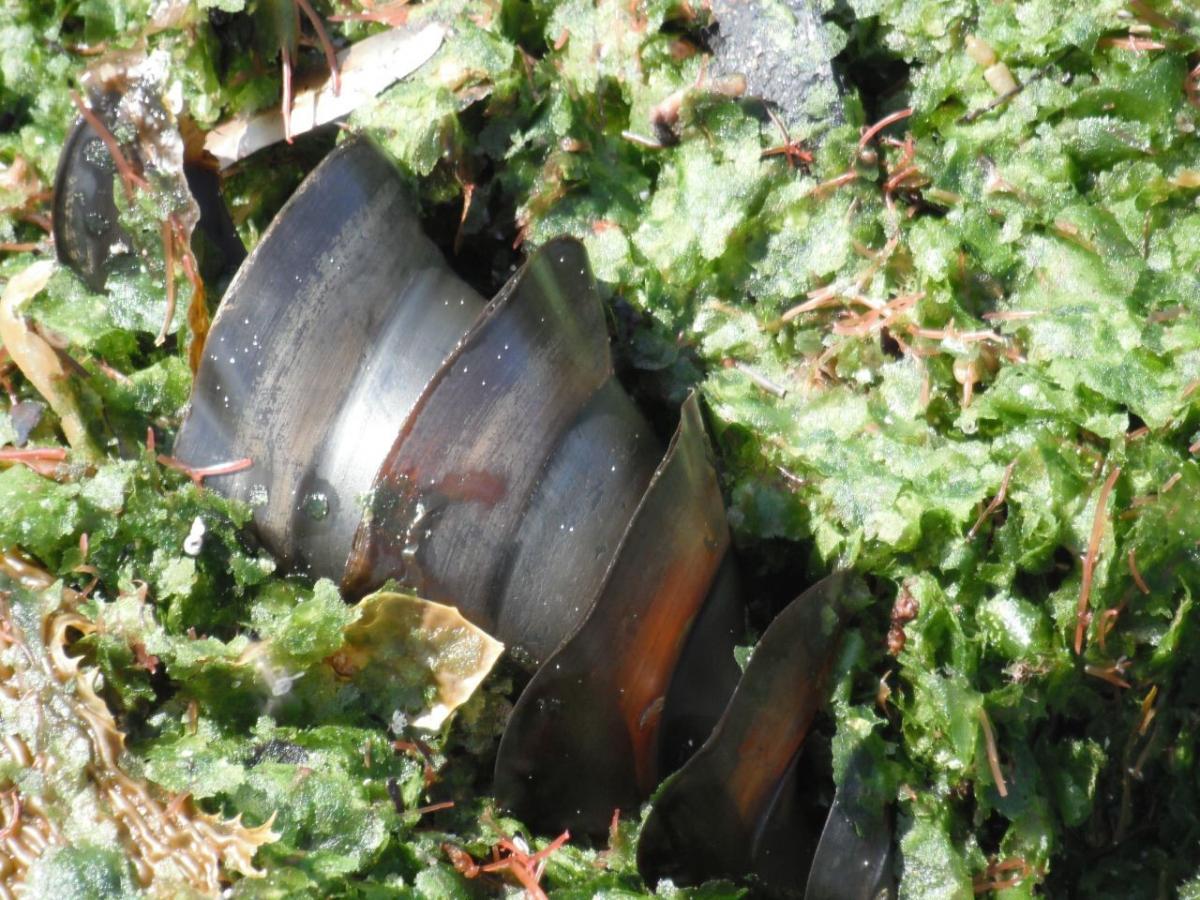
Shark Fact Friday 3.30.2018 Easter Eggs! Oceana USA
Horn shark eggs are honestly the weirdest screw shaped eggs on earth. #shorts Specimen use made possible by the University of Michigan Museum of Zoology.
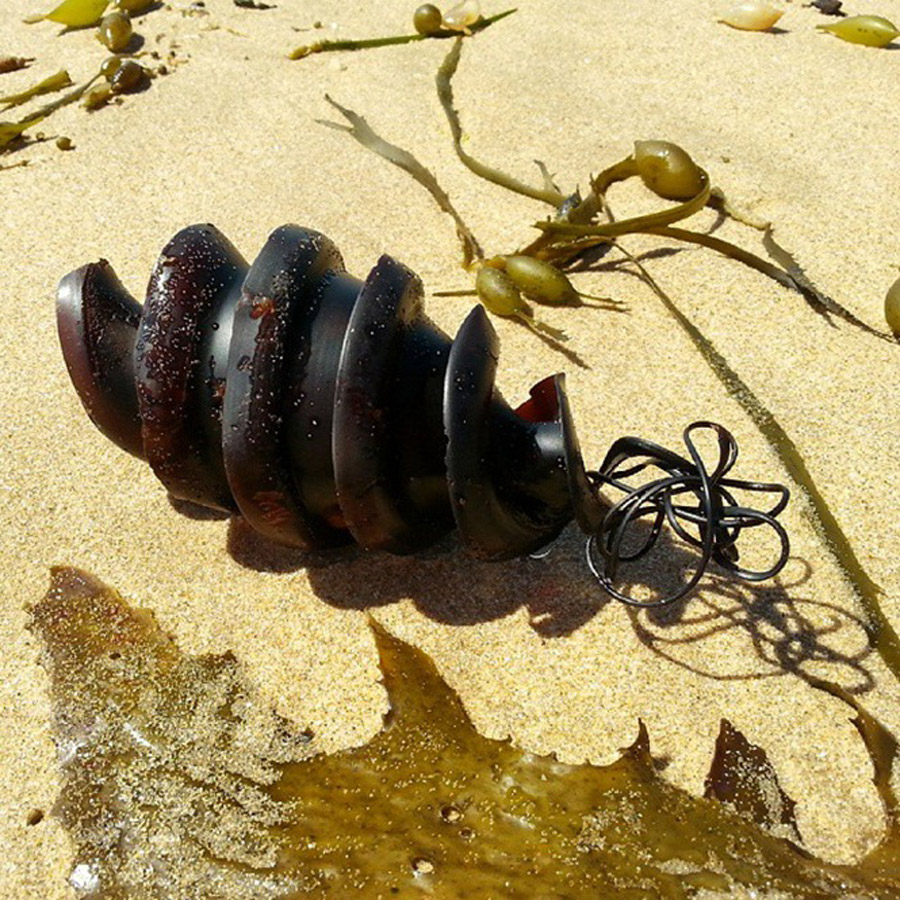
Ovo de tubarão, afinal, existe? Tubarão bota ovo? Descubra aqui!
Horn sharks are oviparous sharks, which means they lay eggs that hatch outside of their mother's womb. Mature females can lay two eggs every 11 to 14 days, and eggs are protected by a stunning yet practical spiralized egg case, which the female can wedge into small cracks and crevices in the environment to hide them from potential predators.
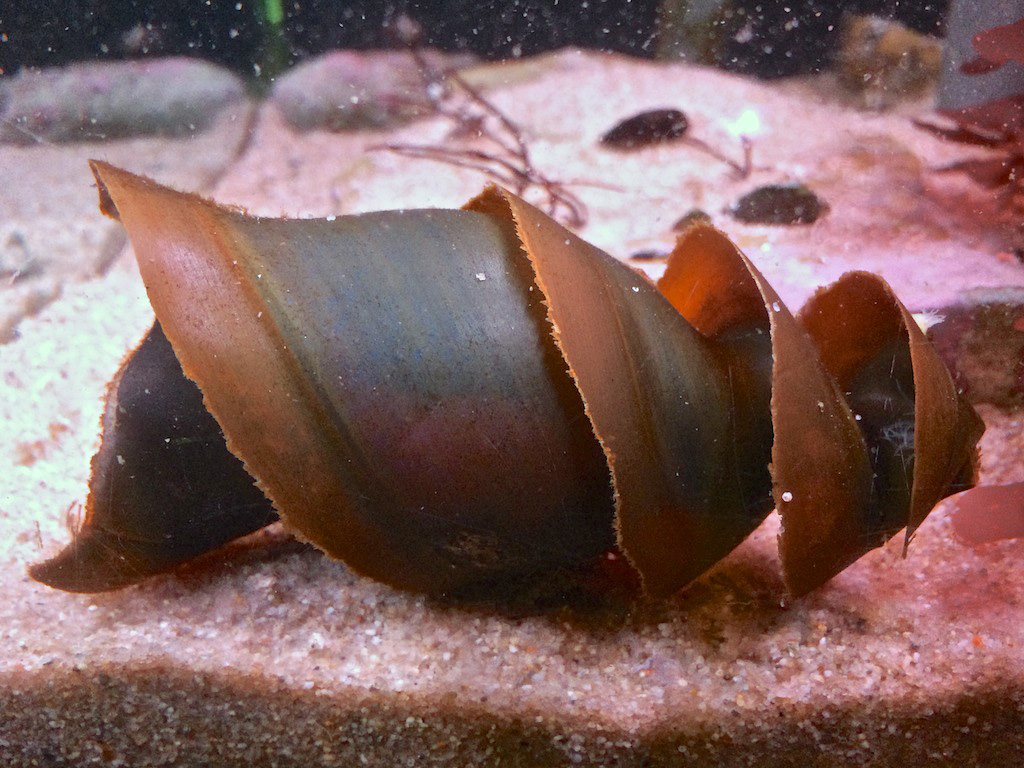
Twist Your Mind Around A Shark Egg Case
The horn shark ( Heterodontus francisci) is a species of bullhead shark, in the family Heterodontidae. It is endemic to the coastal waters off the western coast of North America, from California to the Gulf of California.

Horn shark egg case We could see the baby shark inside. Kerry Richardson Flickr
Horn Sharks are typically solitary creatures. Sharks and other large fish are their predators. Breeding. Horn Shark mating happens in December and January. A few weeks later, the female will deposit her fertilized eggs. Females lay two eggs, every 11 to 14 days from about February to April, laying up to 24 eggs in a single breeding season.
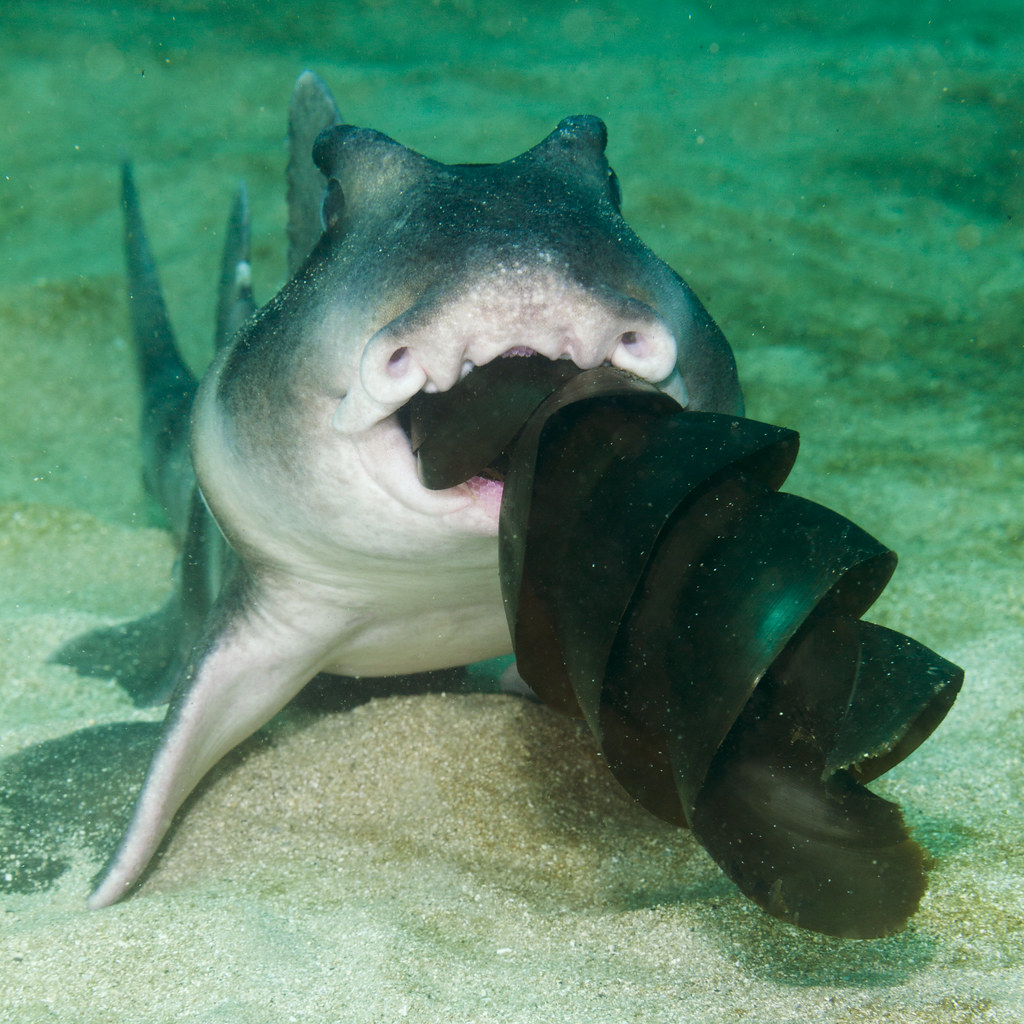
Crested Horn Shark Lunch Feeding on the eggs of a Port Jac… Flickr
The horn shark is so-called because it has two "horns" on both of its dorsal fins, which it uses as defense. "Basically, if something tries to eat a horn shark, they get that horn wedged in the roof of their mouth, and they spit 'em out. So it's a very effective defense tool," says marine biology professor Christopher Lowe.
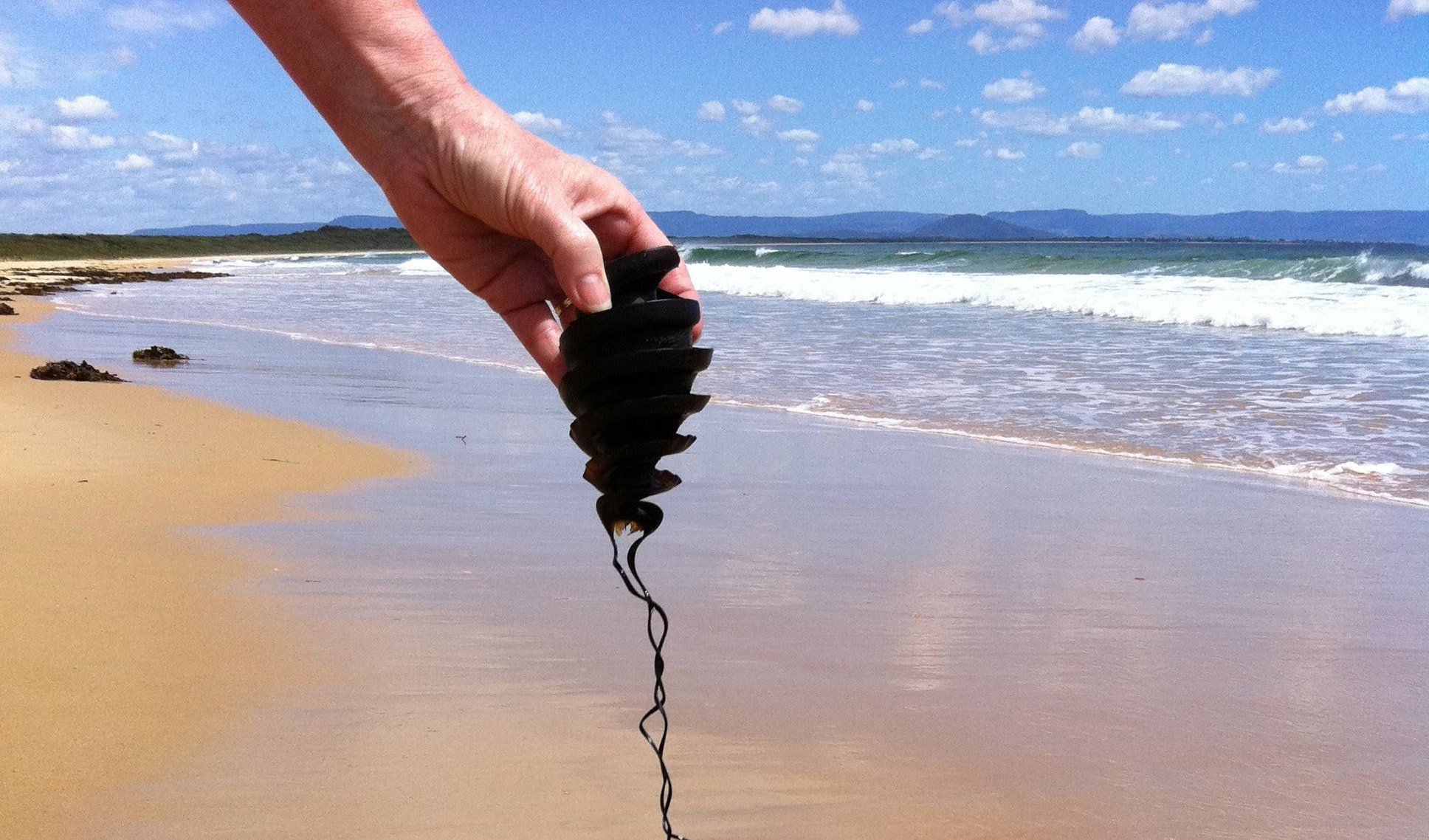
The weird world of shark eggs Australian Geographic
The Horn Shark is a medium-sized species that can grow to a total length of 3-4 feet or 36-48 inches (91-122 cm). The body width of these sharks typically ranges from 6.7-9 inches (17-23 cm). The males of this species reach sexual maturity at a length of 22-24 inches (56-61 cm), while the females mature at a length of at least 23 inches (58 cm).

Horn shark eggs animal fact video YouTube
Horn sharks live in temperate waters in the Eastern Pacific. They dwell along the water bottom frequently in kelp beds laying 8-12 meters deep. Horn Sharks have been found in caves as deep as 200 meters, but usually they remain at much shallower depths (Castro 1983). Aquatic Biomes coastal Physical Description

Egg case of the Horn shark, designed to be twisted into a safe crevice underwater. How in the
Like other heterodontids, the horn shark lays auger shaped egg cases that measure roughly 12cm in length with a max. diameter of 6.4cm at the widest end. Although egg cases sometimes found laying on the sand, they are usually found securely screwed into tight crevices between rocks. Although their installation has not been witnessed, Port.

Пин на доске Zoologie
The horn shark is typically a brownish color, covered in black spots, and its underbelly has a yellowish tint. A Note from the Caretaker These sharks reproduce by depositing a unique spiral-shaped egg casing, which they wedge between rocks. Quick Facts. Learn more about the horn shark! Did you know that this shark is named for the venomous.

Horn Sharks and Skates Central Coast State Parks Association CCSPA
Horn sharks, also known as bullhead sharks, are small, bottom-dwelling sharks that typically measure between 3 and 4 feet in length. They have a stocky, blunt head and a body covered in tough, armor-like scales called dermal denticles. Color and Markings Horn sharks are usually brown or gray in color with dark spots or blotches on their body.

Shark egg. A hatched shark egg, a black twirl lying on a rock , AD, hatched, shark, Shark,
Horn (bullhead) sharks Swell sharks Many catsharks Live-Bearing Sharks About 60% of the shark species give birth to live young. This is called viviparity. In these sharks, the young remain in the mother's uterus until they are born.